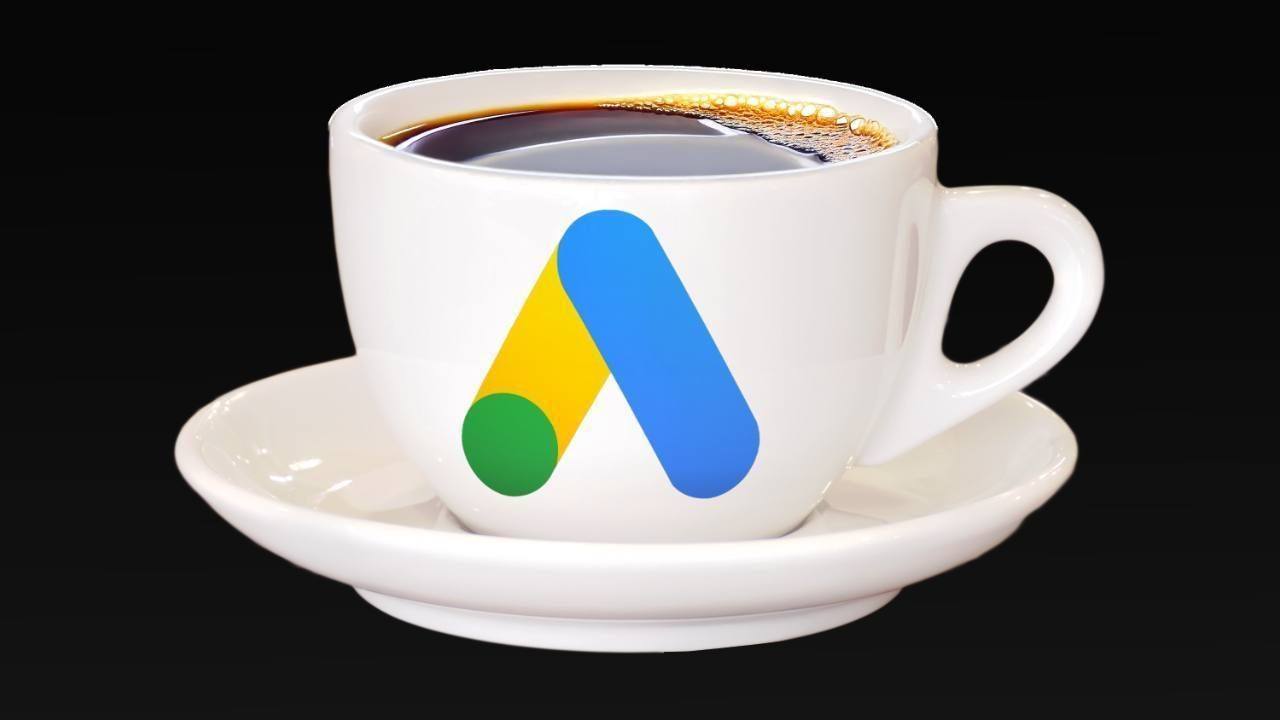Google Ads Strategy for New Businesses in 2025
The Define Digital Academy App is here! 📱
Now available on Apple & Android, so you can access your courses and connect with our community anytime, anywhere.


Are you launching a new business and wondering if Google Ads is worth the investment?
In this guide, you'll get a proven, 8-step Google Ads strategy for new businesses in 2025 — designed to help you avoid wasted spend and start generating profitable leads quickly.
But first, here’s what you need to understand before running your first campaign.
Why Google Ads Can’t Save a Broken Business
Google Ads won’t fix a poor offer or a bad landing page.
If your website doesn’t convert or your offer lacks clarity, Google Ads will simply amplify the problem and waste your budget.
The #1 Rule for Success in 2025:
You don’t just need great Google Ads — you need a high-converting landing page and an irresistible offer. That is your foundation.
Once that’s in place, this strategy will help you launch lean, gain valuable insights, and scale your business efficiently.
Focus on Profitability Before Scale
When starting a Google Ads campaign for a new business, the objective is not to advertise everything or reach everyone. Your goal is clear:
Make your Google Ads campaign as profitable as possible, as quickly as possible.
Here’s how:
-
Don’t advertise every product or service you offer.
-
Don’t target your entire service area.
-
Focus on your highest-margin or easiest-to-sell offering.
-
Target only the most profitable geographic locations.
Example:
A solar and air conditioning business was advertising across its entire state for all services. We narrowed their focus to just air conditioning maintenance in three suburbs with proven results.
This reduced cost-per-click, improved conversion rates, and allowed for easy upsells during service calls.
Once their maintenance campaign became profitable, they expanded into other services.
8-Step Google Ads Strategy for New Businesses in 2025
1. Start With Google Search Campaigns
Search campaigns connect you with users who have high intent to purchase.
-
Use exact match and phrase match keywords such as:
-
Buy [product] online
-
Best [service] near me
-
Set a daily budget that’s at least 10x your average CPC to give Google enough data to optimize.
2. Launch Google Shopping Campaigns (for Ecommerce)
If you sell physical products, Google Shopping campaigns provide visual listings that drive higher click-through rates.
-
Start with Standard Shopping, not Performance Max.
-
Optimize your product feed with:
-
Clear, keyword-rich titles
-
High-quality images
-
Competitive pricing
Access Setup Resources:
Download the Search and Shopping Campaign Setup Guides
3. Avoid Performance Max Campaigns (Initially)
Performance Max campaigns work best when you already have steady conversion data.
-
Use only after Search and Shopping campaigns are profitable.
-
Key guidelines:
-
Exclude branded keywords
-
Target new customer segments
-
Use custom conversion goals
4. Optimize Google Ads Location Targeting
Location targeting mistakes are a common reason for budget waste.
-
Use radius targeting or manually select profitable suburbs or regions.
-
Avoid broad targeting that includes untested or unprofitable areas.
5. Write High-Converting Ad Copy
Effective Google Ads copywriting drives clicks and conversions.
-
Emphasize unique selling points
-
Include a clear call-to-action
-
Use emotional or urgency-based language
-
Consider Dynamic Keyword Insertion for relevancy — but always write for human users
Strong ad copy filters out low-intent traffic and pre-qualifies your leads.
6. Set Up Conversion Tracking From Day One
Without proper tracking, your campaign will be blind.
-
Install Google Tag Manager
-
Enable enhanced conversions
-
Track key events (purchases, leads, calls)
-
For lead generation, import offline conversions to improve optimization
This is how you teach Google’s algorithm what a valuable customer looks like.
7. Follow the Optimization Cycle
Google Ads is not a “set it and forget it” platform.
Follow the ongoing cycle:
-
Review your performance data
-
Make strategic adjustments
-
Allow time for new data to come in
-
Repeat the process
Regular optimization ensures sustainable performance and budget efficiency.
8. Scale Gradually and Strategically
Once your campaign becomes profitable:
-
Increase your budget slowly (by 10–20% per week)
-
Avoid sudden spikes in spend
-
Expand into Display, Video, or Demand Gen campaigns only after Search and Shopping are optimized
Scaling is about building on what works — not starting over.
Final Takeaways for New Business Owners
The right Google Ads strategy in 2025 can fuel rapid growth — but only if the foundation is solid.
To recap:
-
Start with a great offer and landing page
-
Focus on one high-margin product or service
-
Target a narrow, high-converting area
-
Track everything
-
Optimize continuously
-
Scale only after you’re profitable
Google Ads is not about doing everything. It’s about doing the right thing, in the right place, at the right time.
Have a great week,
Aaron

- Monday 4th June, 8pm AEST: Google Ads Strategy for New Businesses
- Wednesday 6th June, 8pm AEST: Cory Lindholm
Head Over To My YouTube Channel 👇
|

[LIVE MASTERCLASS + Q&A]
Copywriting + A/B Testing Ads | Johan Carlberger 💻
Thursday, 5th, June, 2025, 12:00 AM (AEST)
Wednesday, 4th, June, 2025 2:00 PM (GMT)
Wednesday, 4th June, 2025, 07:00 AM (PT)




